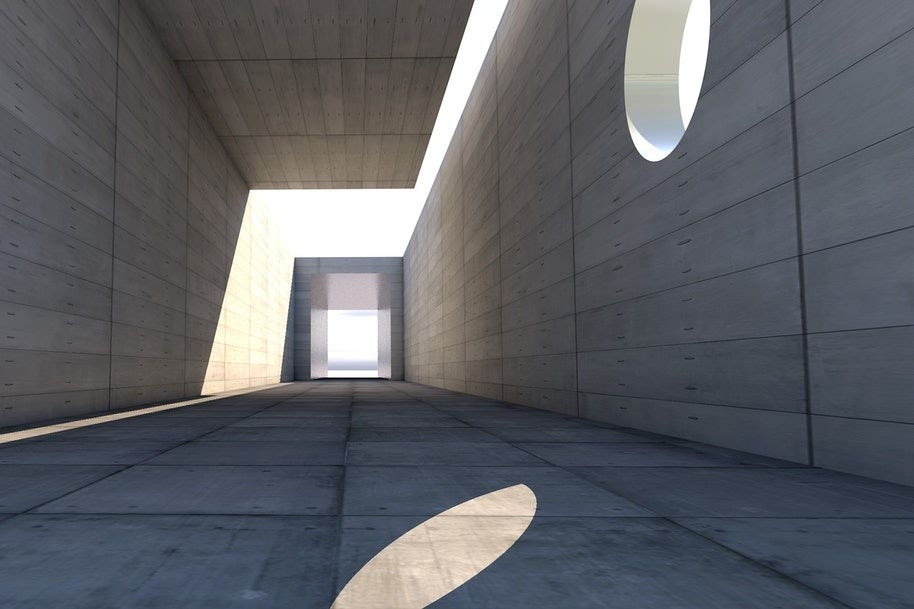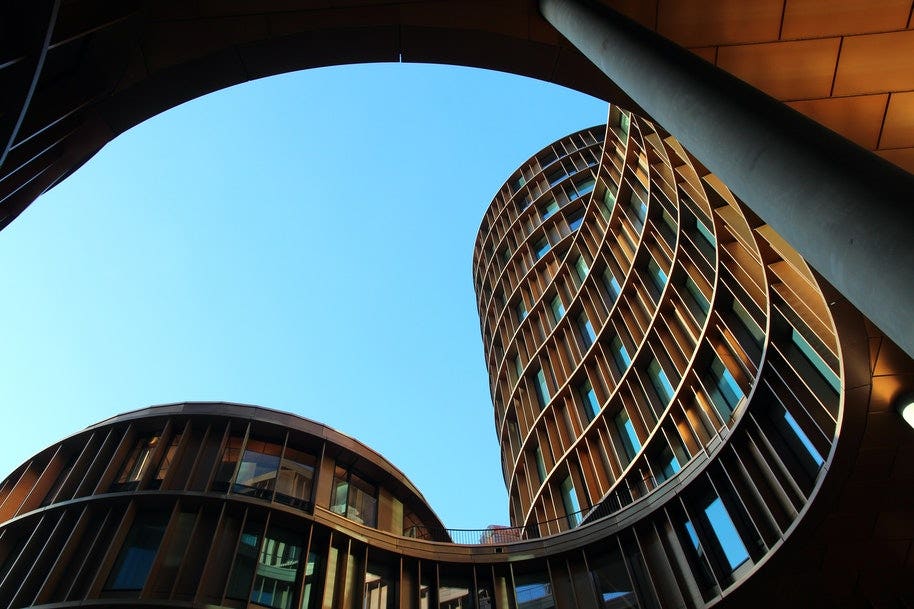
Architectural photography is a unique art that requires a certain skill set and the right equipment. Sure, your phone might be a good starting point. But if you want to impress, you’ll quickly want to upgrade.
Whether you’re shooting for real estate photos or to capture an epic cityscape, the best architectural photos come from having a high-quality camera that’s equipped to take striking photos with natural light in low-light scenarios.

They come from having a dedicated lens—preferably a wide-angle or tilt-shift lens that can capture the full level of details.
And they come from having a range of additional camera accessories that help ensure your lines are straight, your colours intense, and the end result tack sharp.
So without further ado, here are some of the essential pieces of photography equipment we recommend for interiors and architectural photography.
The best cameras for architectural photography
The Canon EOS 90D
One of the best cameras for architectural photography in 2021 is the updated Canon 90D, with an all-new 32.5MP APS-C CMOS sensor.
You’ll get guaranteed sharp photos thanks to the Dual Pixel autofocus system. It will come in handy when you’re shooting in live view, which much of architectural photography demands.
This Dual Pixel AF system also covers 88% of the sensor’s width and nearly all of its height so that you’ll be able to capture more sharpness across the photo than ever before.
Check out the Canon EOS 90D DSLR camera online today.
Sony Alpha a6000
This affordable mirrorless camera comes with a high quality 24MP CMOS sensor that gathers more light through angled micro-lenses, improving light sensitivity.
Sony’s Area Specific Noise Reduction technology means you can increase the ISO substantially without noise. Meanwhile, the camera has an impressive maximum ISO range of 25,600.
These features make the camera perfect for capturing indoor architecture without needing a flash, especially in rooms with little light. It’s also great for night-time outdoor architecture shots.
Sharpness is key in architectural photography and thanks to the new BIONZ X™, this camera can capture rich textures while reducing blur and visual noise.
The sweep panorama mode is also a brilliant addition for those who like to capture sweeping cityscapes.
In a bundle, the Sony a6000 comes with a 16-50mm lens, which is ideal for wide-angle shots in architecture photography.
Take a look at the Sony Alpha a6000 camera bundle online today.
Nikon D7500
The Nikon D7500 is a great all-rounder camera, with a 20.9MP sensor capable of producing vibrant images even in low light conditions. Also helping with low light photography is the native ISO range, which goes up to a whopping 51,200.
The 4K video and time-lapse recording capabilities will be of interest to those wanting to record crisp videos that feature beautiful building details.
The DSLR also has an impressive colour depth of 24.8 bits, as well as a dynamic range of 14.5 Evs, which ensure your architectural images are represented in vivid, accurate colour and lighting.
The large tilting touchscreen is a handy feature to have when shooting architecture as it enables you to capture unique shots from low or awkward angles.
Show me the Nikon D7500 DSLR camera online today.
Other essential gear for architectural photography

Lenses for architectural photography
The outcome of your architectural shots will largely come down to the type of lens you’re using. The most popular lenses for architectural photography are wide-angle lenses and tilt-shift lenses.
Wide-angle lenses help you broaden the perspective of your photos. A wide-angle lens helps capture the entirety of a room, a building, or a cityscape and is particularly handy when you’re shooting in a tight interior space.
Wide-angle lenses for architectural photography should be at least 17mm on a full-frame camera. Some great options include:
Wide-angle lenses are great but they can create barrel distortion when you’re photographing from below. This is where it looks like your subject bows towards the centre of your image.
A tilt-shift lens can correct this distortion without you needing to do anything in post-production. A tilt-shift lens shifts the front elements and helps you to control the depth of field. You can even adjust the lens tilt to correct any distortion.
Some of the best tilt-shift lenses for architectural photography include:
- The Canon TS-E 17mm f/4L
- The Nikon PC 19mm f/4E ED
- The Nikon PC-E 24mm f/3.5D ED
- The Samyang 24mm f/3.5 (for Nikon AE full frame cameras)
A high-quality tripod
The most important aspect of architectural photography is the sharpness of the images. You want clean, crisp lines that accentuate the specific details of the building or room you’re capturing.
You need a tripod to achieve this. A tripod keeps your camera still, preventing unwanted movement and reducing blur.
But it isn’t just about granting you more stability. It helps you even up tilted horizons and, most importantly, allows for longer exposures.
In many situations, you’ll be forced to slow the shutter speed and keep the aperture relatively narrow to be able to naturally capture interiors with low light levels.
If using a tripod isn’t an option, an alternative is a bracket or a clamp, like this SmallRig clamp. You can use these to secure your camera to a metal railing or similar structure.
Want a handy architectural photography tip?
When you’re photographing a building with a lot of moving people and things around it, shooting in long exposure will make any moving objects ‘disappear’ from the shot.

A cable release or remote trigger
It’s not usually enough to have a tripod for your camera. To ensure your images are completely tack sharp, you want to avoid any unnecessary camera jolting while recording. This is especially important if you’re shooting long exposures.
This is where a cable release or remote trigger comes in handy since you can trigger the shutter without touching your camera.
A cable release is an affordable wire that attaches to your camera and allows you to press the shutter from afar. A remote trigger operates in the same way but using a radio or infrared signal so you can move even further from your camera setup.
Creative lens filters
Finally, creative filters can help you transform your photos in-camera, minimising the amount of work you have to do in post-production.
The most popular filters for architectural photography are circular polarising filters and graduated neutral density filters.
Circular polarising filters add vibrancy to or intensify colours in your photos, while also enhancing or reducing reflections.
Gradual neutral density filters, also called GND filters, balance the light across a scene and are particularly handy to even out lighting in an interior shot where a window might add too much brightness. GND filters come in strengths of 2, 4, or 8, which lower the light by 1, 2, or 3 stops.
Ready to level up your architectural photography?
At Camera House, we have a range of accessories and cameras that will help you to up your game and create magnetising architectural shots bound to wow. Shop our stabilisation equipment, filters, cameras, lenses, and other accessories online today.
